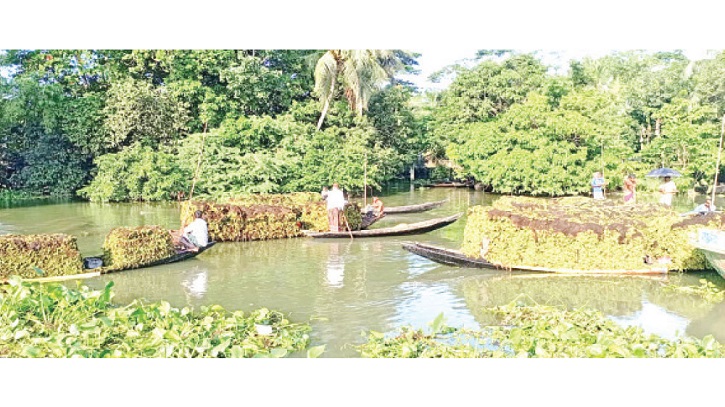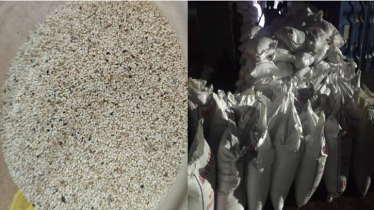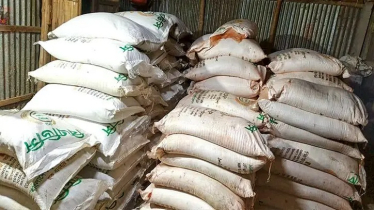
It may sound unbelievable, but at this floating market, traders sell aquatic plants such as algae, water hyacinth roots, tap pana, and dulali vines. However, this is no ordinary market—each boat here functions as an individual shop. The nearly 200-year-old floating market, the largest of its kind in Bangladesh, is located at the confluence of the Belua River in Boithakata, Nazirpur upazila of Pirojpur district.
Every week, as dawn breaks on Saturdays and Tuesdays, the market comes alive on the river. A recent visit to the Belua River revealed how traders collect these plants—algae, water hyacinth roots, tap pana, and dulali vines—from the surrounding wetlands and transport them by boat to the floating bazaar. The demand for these natural materials remains strong, fetching good prices from buyers.
According to locals, parts of Nazirpur remain submerged throughout the year, making traditional farming nearly impossible. As a result, residents depend on floating cultivation methods. These aquatic plants are used to create floating beds, which are then used to grow vegetable seedlings.
One trader, Julfikar, who came to sell tap pana, described his routine: “On Friday morning, I loaded my boat in the Jugia area. I started for the market at night and arrived at dawn. I asked for Tk 2,500 for my boatload and sold it for Tk 1,800 in Bisharkandi, where I’ll deliver it to the buyer’s home,” he said. “I do this business all year round and manage to save some money by the end of the year. There’s no need for any formal permits.”
Nazirpur Upazila Agriculture Extension Officer Md. Mahfuzur Rahman Milton stated that farmers earn millions of taka annually from selling these aquatic plants. “These materials are rich in nutrients and are also used as organic fertilizers. Because of them, the seedlings grown in this flood-prone region are of exceptional quality and in high demand across the country,” he said.
The floating market of Nazirpur stands as a living example of rural ingenuity—where nature’s abundance and human adaptation have combined to sustain livelihoods on water for generations.





